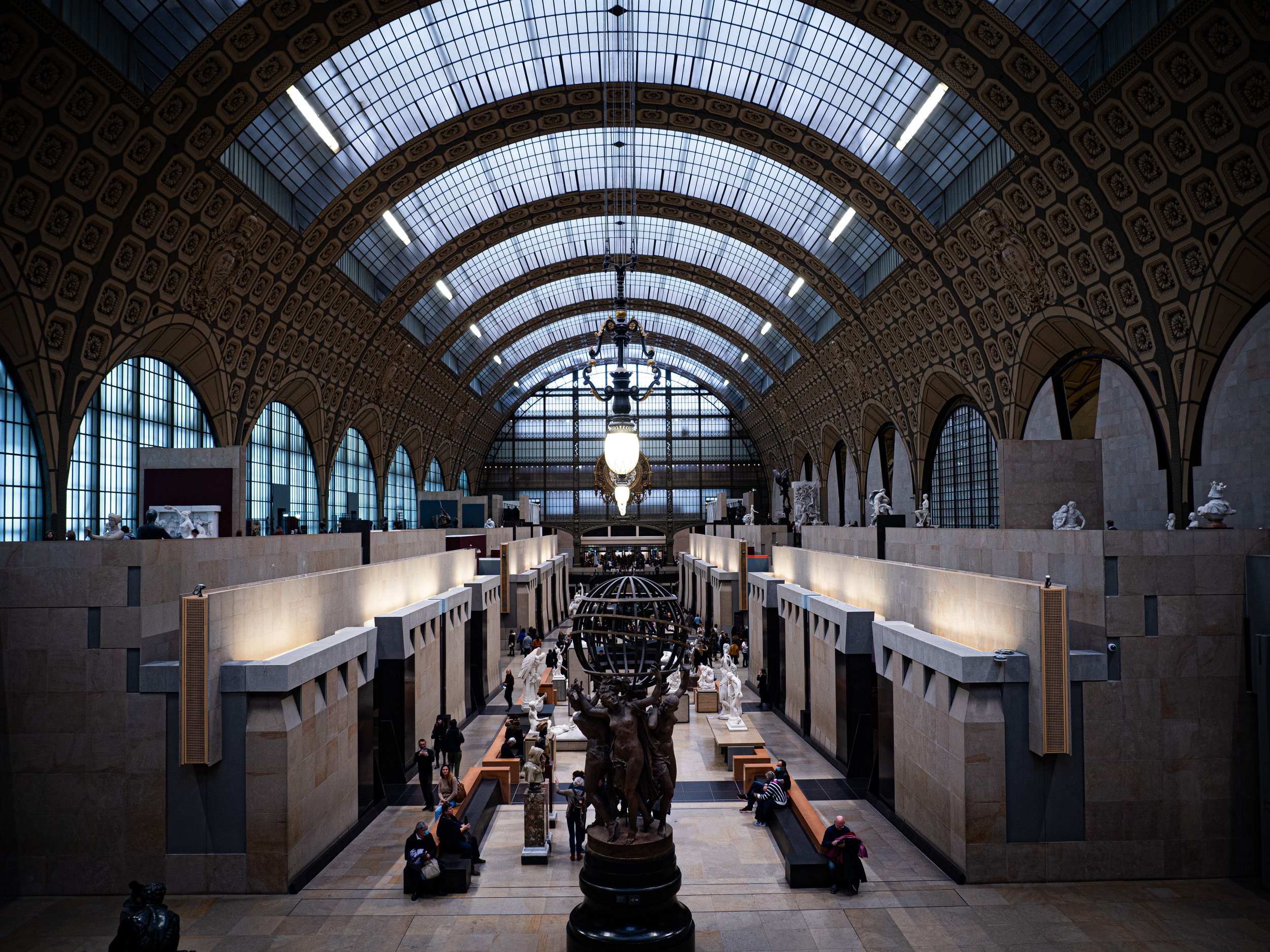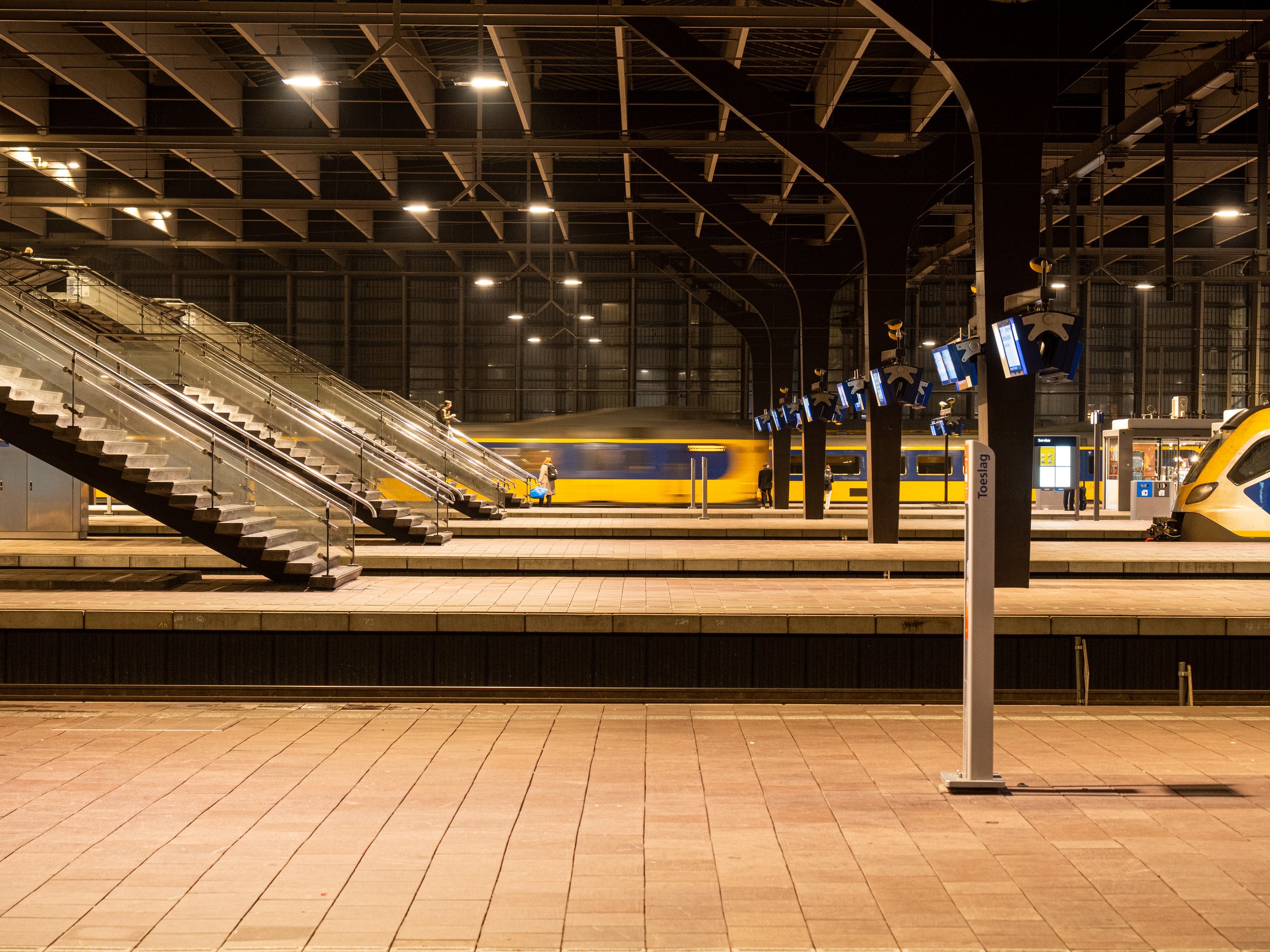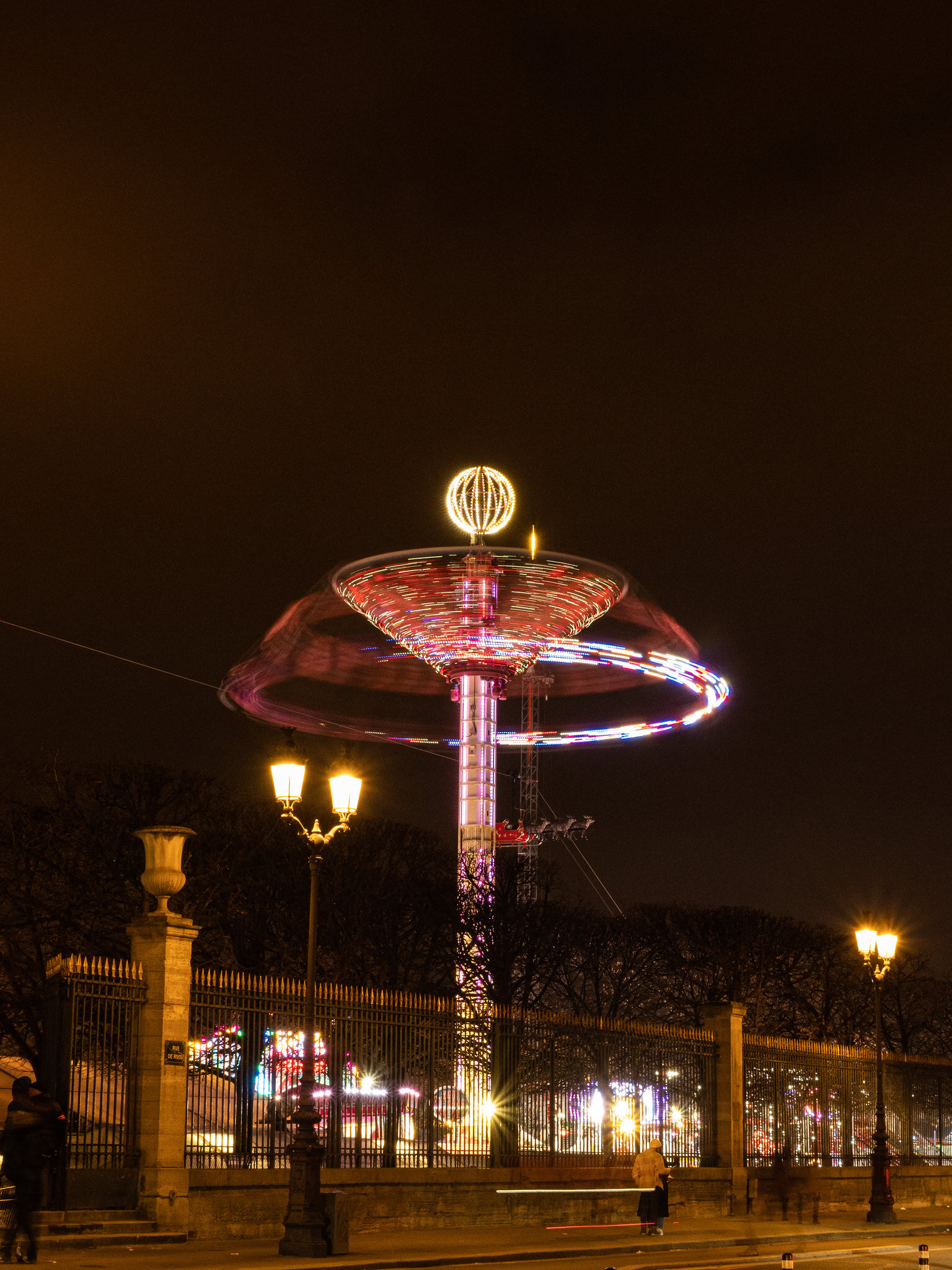Zooming in Paris
Over the years I collected a number of nice Micro Four-Thirds lenses (m4/3 for short). My collection consists of a 12mm, a 20mm, a 45mm and a 75mm – all great little Olympus prime lenses with low apertures that pair nicely with my Pen F (also Olympus). While I know prime lenses are superior optically to zoom lenses, the constant changing of lenses was getting to me. Many years ago I bought an entry level DSLR, an Olympus e500, that came with two kit zoom lenses and I realised I wanted to get back to that.
The quest for a zoom lens
The question though was; which one(s)? There’s wide variety of great zoom lenses for m4/3, (an embarrassment of riches really), that made choosing one hard, even more so considering the fact I hadn’t really settled on what range I really wanted.
A quick note on m4/3; if you want to compare focal ranges with standard full frame cameras, multiply by two. As an example a standard 50mm range, one would take a 25mm m4/3 lens. The 2x magnification factor is due to the smaller sensor size.
One thing I did know about focal lengths was that I’m using my 12mm prime a lot, I’m definitely leaning more to wide angle shots for landscape and architecture than close ups for portraits, so 12mm (24mm equivalent) had to be included in the range.
Olympus (now OM System) has a great pro kit zoom lens at 12-40mm f2.8. it includes that 12mm focal range I wanted, and 40mm is a good zoom length – remember that’s a 90mm equivalent. They also have a 12-45mm f4, which due to its bigger F number means less shadow depth of field and worse low-light performance, but that results in a significantly smaller lens. For comparison:
Size comparison: 12-45mm f4, 254gr, on the left, 12-40mm f2.8, 382gr, on the right. Picture may not do reality justice, it really is significantly more compact.
OM Systems also has a 12-100mm f4 – an impressive zoom range. As an added bonus it has image stabilisation in the lens which amplifies the stabilisation already in an OM body so the combination is an especially great one. My hesitation with this and the 12-45mm were their f4 apertures. The ability to go lower is better in general, especially in low light, but also leads to shallower depth of field which in landscape/architecture photography isn’t all that useful, and lower f-stops mean bigger and heavier lenses. Is that worth it for me?
My last question was whether 12mm was wide enough for me. I like that angle for a lot of my photography, but would going wider be useful? I’ve never tried. What options do I have there? Panasonic has 10-25mm f1.7, which is quite heavy though. OM Systems also has a 9-18mm f4-f5. It’s a bit of an ugly lens, call me a snob, but also compact, so that’s good. Olympus also has a 7-14mm f2.8 pro and a 8-25mm f4. The latter interested me most here for it’s a useful range, but again it comes with f4.
So what was one to do given all these questions? I decided to look at Rentals. I had a trip to Paris coming up which I thought would be the ideal excuse to rent a few lenses and see what I’d like shooting with.
The best way to get to Paris is by Train of course.
Fortunately locally in The Hague I could get some of the lenses I was interested in rented:
Olympus 12-100mm f4 pro
Olympus 12-40mm, f2.8 pro
Olympus 7-14mm, f2.8 pro
Lastly, for good measure, I also rented the new OM-1 body because my Pen F is 6 years old already and I wanted to see what had changed since.
Having picked all that up, I was fist of all struck by, well, the size of these lenses. They were bigger and also heavier than I expected, despite having watched every YouTube video on the topic I could find beforehand. My original plan to take these three new lenses, my old body and maybe a prime or two for doing full comprehensive comparisons went overboard; my camera bag (Peak design 6L) was too small and I would need two more bags too carry it all. I wasn’t going to do that.
Left to right; 12-100mm, 7-14mm, 12-40mm with my existing 75mm prime and 12mm prime next to it for comparison. Yes, zoom lenses are bigger!
It’s also fun to compare these lenses on the bodies of my existing Pen F and the OM-1 that I rented. Below the 12-100mm on both bodies and the 12mm prime on both bodies. It gives you a good idea of the size of these. The 12-100 looks comically big on the Pen F and is not a great fit in your hand, but with the grip on the OM-1 it’s quite OK.
Going wide?
Once in Paris we walked around a lot, changed lenses a lot, and I shot a lot of pictures. Very quickly I realised that I rarely felt the need to go wider than 12mm, and 7-14mm is a really narrow range, so the 7-14mm languished a bit in my bag, to the point where I left it in the hotel room the last day because it’s als quite heavy. That day, ironically, we visited some of Paris’s beautiful old department stores where something wider than 12mm could have been useful…


Still, the 12mm range worked well for me 90% of the time, so maybe I should look into something like the Panasonic 9mm f1.7 prime; a small one that I can always throw in my bag for those rare occasions where I want to go wider. 12mm is wide enough for a lot of what I wanted to shoot. Below’s a small gallery of the 12mm range in practice. Plenty wide in most cases:





What about the Aperture?
Walking around in the evening I found that I could comfortably do long exposures without a tripod, due to the excellent Image stabilisation in the OM-1’s body. I think it’s not supposed to be much better than my Pen F in theory, but the difference in practice was enormous.
I’ve done multiple 1 second exposures and never had a blurry shot. Especially when paired with the 12-100mm’s own stabilisation, the results were impressive. I found that the even the non-stabilised 12-40mm could comfortably do night shots at f4, making the lower aperture not a necessity for what I typically shoot. Again, see below for a few more long exposure shots:





Flexible range
How was it walk around with zoom lenses then, not being stick at a fixed focal length? Well, the zoom range of both lenses - especially the 12-100mm was a great thing to have. To just walk around in Paris for hours without the need to change lenses at all, I absolutely loved it. To get an idea of what the 12-100mm range does (remember 24-200mm in full frame equivalent), here’s a few more photos, at 12mm and at 100mm taken from the same position. I absolutely love having that range in one lens.




Conclusion
Back at home I knew I wanted the new OM-1 body because of that great stabilisation, the lower noise levels at higher ISO than my Pen F and especially the dramatically improved viewfinder. Also I wanted that 12-100mm lens, the one lens to rule them all, which was now clear beyond a doubt.
I did also get the 12-45mm f4 lens because as a kit lens I got a good deal together with the body. Paris taught me its f4 is fine, even at night, and the importance of weight: it is quite a bit smaller and lighter than the 12-40mm f2.8. Of course, my great little prime lenses aren’t going anywhere, so I can always throw a few of those in my bag to complement the smaller zoom lens.
My only regret is that I didn’t get to test wider angles more. I may just may crack for the Panasonic 9mm f1.7 one day for that use case. Or, perhaps the Olympus 9-18 despite its dinky look, or the Olympus 8-25mm f4 because that’s such a versatile range despite its size...






